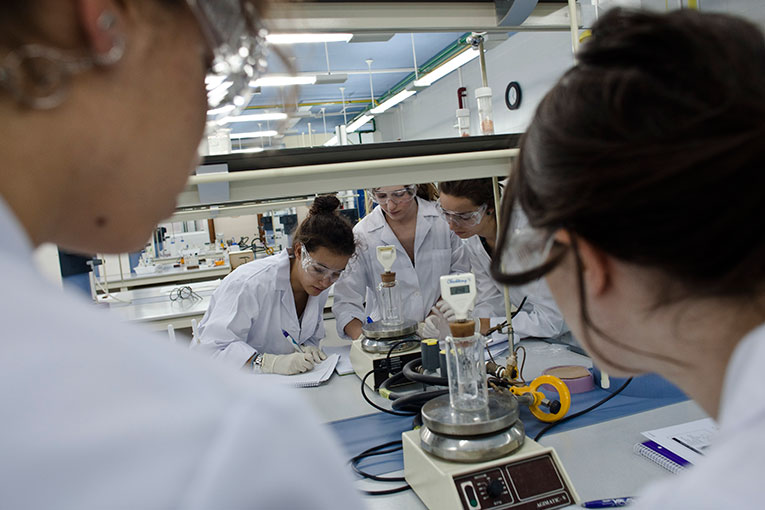
 Miguel Lorenzo Miguel Lorenzo |
||
|
Recently, Mètode published an article where we presented a list of the most followed scientists on Twitter, a text written by the staff of Mètode. The list, as indicated in the text itself, was not an exhaustive list and had been made unsystematically, looking at lists of public research and education centres accounts. The article, as a kind of game, invited our readers to suggest new names in order to complete the list. Then, one of the things the readers quickly noticed was the underrepresentation of women in this list (in the first version, there was only one, Esther Samper). And the controversy grew until an alternative list was published, formed exclusively by women and made with different criteria. It was a circumstance that we had also noticed, and we opened some questions on the topic in the article. Many of the suggestions we received included very well-known communicators, but that was not the objective of the article. We wanted to focus on active researchers who currently publish in impact journals. And to establish a criterion – successful or not, but one that allowed for a selection –, we only included profiles with over a thousand followers. We wanted to open discussion on an article published by Science analysing the relationship between Twitter followers and the h-index (calculated taking into account scientific paper citations). The debate seemed very interesting for us. We were wondering if a researcher could be critiziced for having many followers in social networks. In Mètode, we have always promoted the involvement of scientists in outreach work, and we considered that an article where popular researchers where critiziced did not help to increase the participation of science in social networks. Actually, we also received during the weekend suggestions for new scientist twitter profiles, both women and men, which we added to the updated list. We went from a list with 19 men and one woman to a list with 25 men and 5 women. Surely the list of female scientists could be expanded, but we could also expand the male tweeters in the list. At no time did we claim there were no female scientist twitter users, and we always left the list open to suggestions and proposals. But the truth is, as we analyzed in our monograph on women and science, women are still underrepresented in all spheres of our society. This is not a justification for the initial non-inclusion of these women, who obviously carry out a constant science communication work in their channels. But it is a question that ties in with some of the questions we left open in the text, questions which, due to the controversy about the incomplete list, have not been properly analysed. The article was intended as a reflection on the difficulty of reconciling the demands of high impact journal publication for researchers with the necessary communication work within their disciplines. Lucía Sapiña. The Two Cultures Observatory, Mètode. |
||





